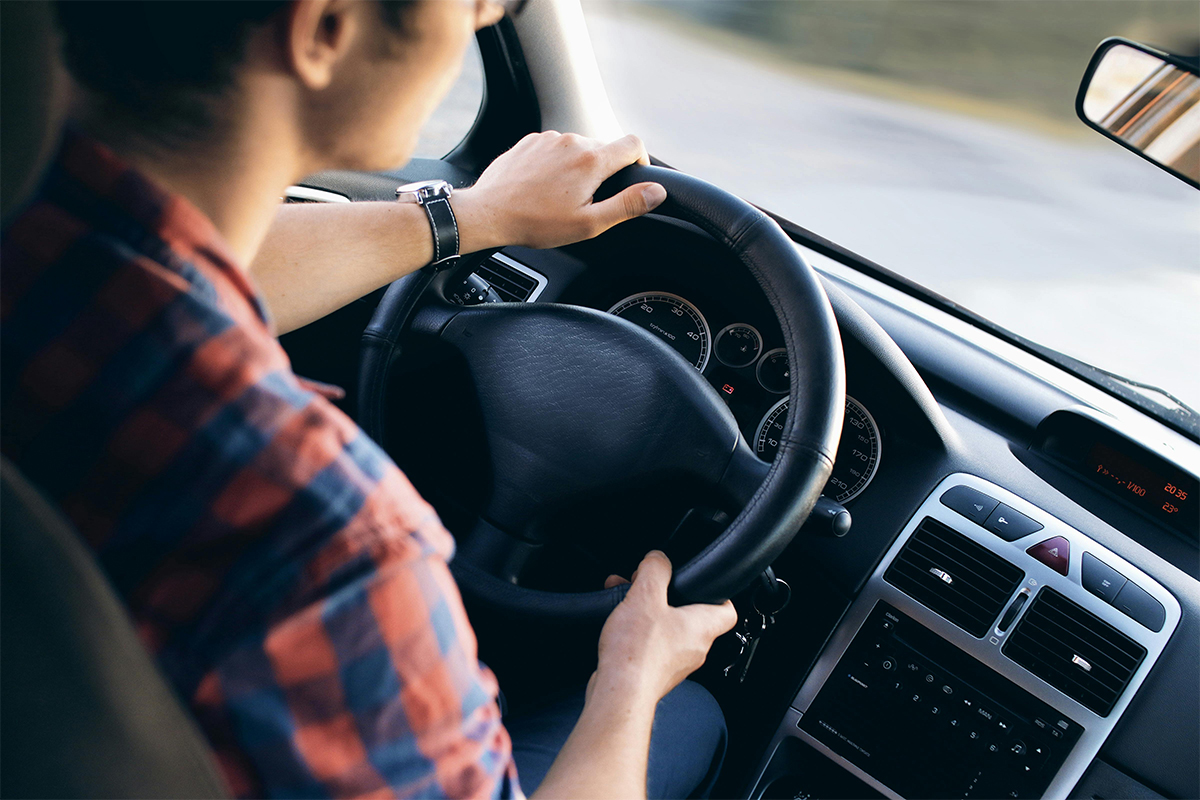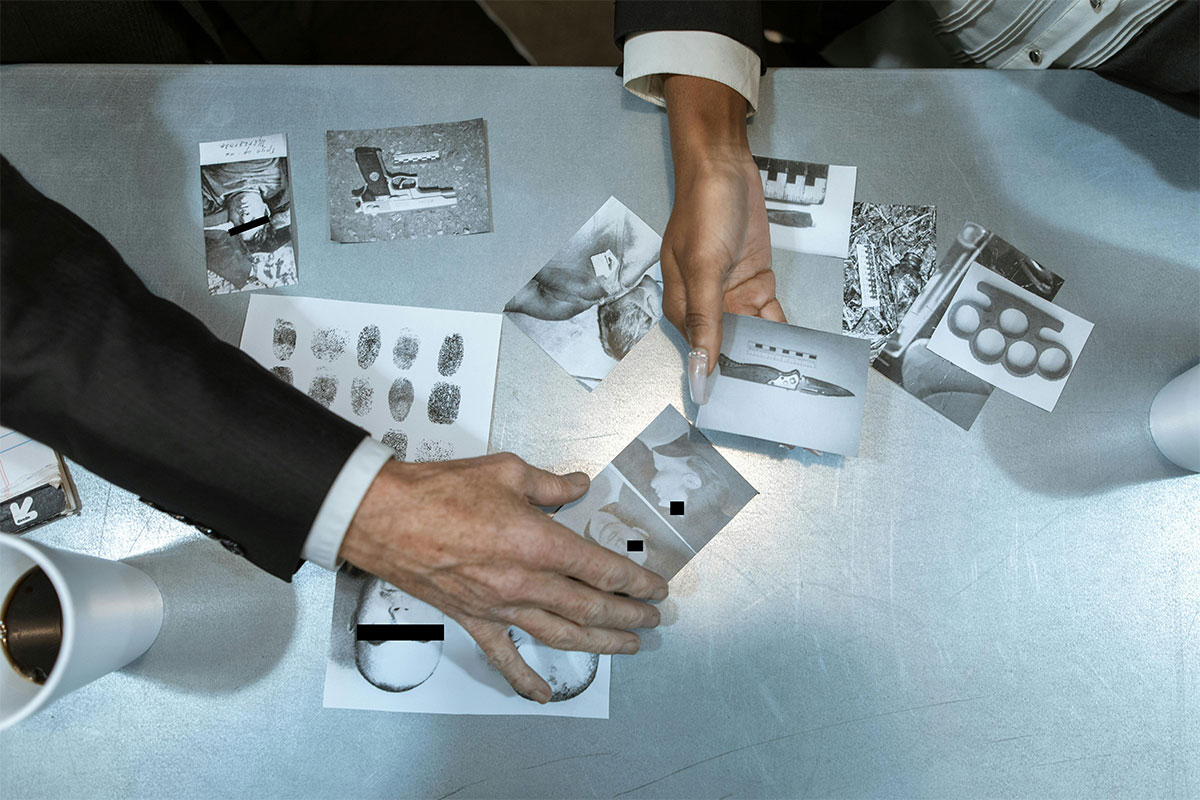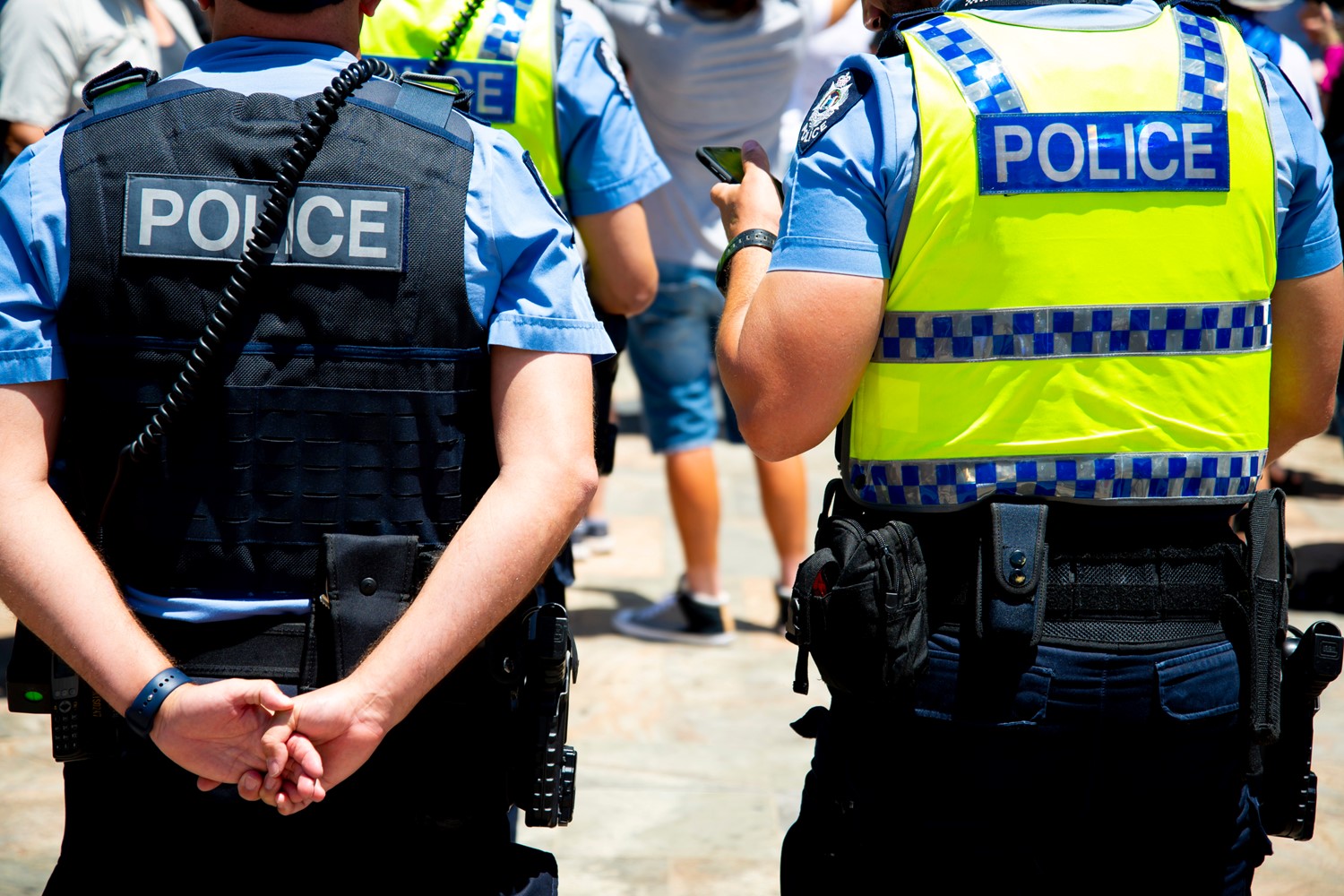Key Takeaways
- It is generally known that a BAC of 0.05 or higher is considered illegal.
- A standard drink in Australia would be around 10 grams of alcohol.
- Alcohol goes into the bloodstream and is absorbed by the small intestine within 15 to 30 minutes.
Table of Contents
How Many Standard Drinks To Drive
Every state in Australia has its drink-driving laws. Let us look at the legal limits and penalties in New South Wales (NSW), Victoria, and other parts of Australia:
In New South Wales (NSW):
- The blood alcohol concentration (BAC) limit is 0.05%.
- The standard drink limit for those driving ordinary vehicles would be around 4–5 drinks.
- Truck drivers fall into a special category and would be expected to have a standard of 2 drinks.
- For a penalty in the low range category, which is 0.05 – 0.08% BAC, a first-time offence would entail a licence suspension of 3 months and a fine that is dependent on the state or territory.
- Any other offences after that will incur longer suspense and higher fines.
In Victoria:
- The blood alcohol concentration limit is 0.05% and there have been no standard limits defined. However, the government states that no alcohol is allowed for those who plan to drive.
- Though the Victorian Police state that a safe limit could be around 2–3 standard drinks, this is not necessarily set in stone.
- Penalties for a blood alcohol level of 0.05 – 0.08% would incur a 6-month licence disqualification and a state fine.
- For subsequent offences, the penalties would require a longer licence suspension and a higher penalty.
For an Australia-wide comparison, the blood alcohol limit (BAC) is 0.05%. The standard drinking limit, penalties, and fines differ between states and territories. The only difference is the fine incurred and the duration of the licence being suspended.
Why To Understand The Legal Limits For Driving After Consuming Alcohol
It is important to understand the legal limits for driving after consuming alcohol. This is important to ensure safety, as the legal limits differ depending on the type of licence and vehicle. It is generally known that a BAC of 0.05 or higher is considered illegal.
You will need to understand the concept of standard drinks to determine the legal limits. Therefore, a standard drink would be:
- Spirits, wine, or beer have 10 ml of ethanol.
- A 285 ml mid-strength beer would have around 3.5% alcohol.
- A 115 ml full-strength beer would have 5% alcohol.
- A 100 ml bottle of wine has around 12% alcohol.
So, if a person decides to consume different types of drinks, it will impact their BAC level. You will also need to factor in age, sex, weight, and metabolism, which might influence the rate at which the body processes alcohol. Thus, it would be difficult to know how many types of standard drinks a person may consume to reach the legal limit. Here are some general guidelines that may help:
- 2 – 3 standard drinks could bring your BAC to 0.05 – 0.08.
- 4–5 standard drinks could bring your BAC to 0.10–0.15 or higher.
It is important to understand the legal limits for consuming alcohol because:
- It helps individuals decide how much they could consume before driving.
- It reduces the risks of accidents and injuries.
- Aids you to stay compliant with the law.
- It allows you to be responsible and to stay safe on the road.
It is important to understand the legal limits and how many drinks one may have before driving:
- Most times, even slight dosages of alcohol could impair driving and enhance the risk of accidents.
- Factors like liver function, gender, food consumption, and metabolism could affect the rate of alcohol absorbed in the bloodstream.
- A single drink could impair the BAC level due to the type of drink, the drink size, and other individual factors.
How Can You Calculate How Many Standard Drinks You’ve Consumed?
A standard drink in Australia would be around 10 grams of alcohol. Here’s a method to calculate the number of standard drinks a person can consume:
Check the label, look at the number of standard drinks on the packaging, and determine the volume of the drink. Once that is done, search for the alcohol by volume (ABV) on the label. You could also use an online calculator that requests the ABV of your drink and provides the number of standard drinks you may consume.
- DrinkWise standard drink calculator.
- Standard drinks calculator.
What Is A Standard Drink
The legal limit for a standard drink is 10 grams of alcohol. This is normally 10 grams of alcohol, which is:
- A 12-ounce full-strength beer containing 5% alcohol.
- 5 ounces of wine containing 12% alcohol.
- 1.5 ounces of distilled spirit having 40% alcohol.
Beer, wine, and spirits have different alcohol percentages, and it will affect the amount of standard drinks consumed.
Got caught with drunk driving? We are here to help!
It is a serious offence to be caught for drink driving. We, at Criminal Law Group, specialise in assisting those who have been charged with drunk driving offences.
Hire a lawyer now!
How Many Drinks Does It Take To Be Over The Legal Limit?
The legal blood alcohol concentration (BAC) in Australia is 0.05%. However, this depends on the individual’s body’s absorption and processing of alcohol. Let us look at the guidelines for men and women:
- For men, 1 standard drink or 10 g of ethanol increases a person’s BAC to 0.015%. 2-3 standard drinks taken within 1–2 hours may reach a BAC level of 0.05%.
- For women, 1 standard drink or 10 g of ethanol may increase the BAC level to 0.018%. 1-2 standard drinks consumed within 1–2 hours may reach a BAC level of 0.05%.
The rate of alcohol absorbed and processed by the body depends on:
- The more weight a person has, the higher tolerance they have to dilute alcohol in their body. Thus, an underweight person may have a lower tolerance to alcohol.
- Gender also plays a part because women generally have a lower water content and higher body fat. This causes them to have a lower alcohol metabolism.
- Consuming food while drinking will also reduce the rate of BAC compared to drinking on an empty stomach.
- Metabolic rate is also another factor that could process alcohol.
- Drinking rapidly increases BAC levels.
Alcohol goes into the bloodstream and is absorbed by the small intestine within 15 to 30 minutes. Therefore, factors such as food intake, weight, and a person’s metabolic rate would impact the rate of absorption.

How Many Standard Drinks Can You Have Per Hour And Drive Safely?
The standard guidelines state that a person can safely drive after consuming the following number of drinks per hour:
- For men, it is 2 standard drinks in the first hour.
- For women, it is 1 standard drink in the first hour.
So, it is better to just have 1 standard drink an hour to have a BAC that is below 0.05%. However, even one drink per hour has its limits because of:
- An individual metabolic rate.
- The rate at which the individual is consuming alcohol.
- Tolerance to alcohol.
Drinking over time can affect one’s ability to drive legally because:
- Having multiple drinks can lead to a higher BAC.
- Small amounts of alcohol can impair judgement, coordination, and the risk of accidents.
- A BAC above 0.05% can cause one’s licence to be suspended or even prosecuted.
Looking for something that is tailored to your needs?
We provide tailored legal strategies to meet your specific needs.
Get to know us
Tips For Staying Under The Legal Limit While Drinking
Let’s examine some strategies for adhering to the legal limit of 0.05 BAC while drinking.
- Alternate between alcoholic or non-alcoholic drinks at a slow pace. For instance, you could alternate between alcohol and water or juice to reduce the rate of BAC rise.
- Consuming food while drinking would slow down the rate of BAC.
- Be mindful that the type of drink and size do not exceed the daily limit.
- Women normally have a lower tolerance to alcohol compared to men.
- Ensure that you have a designated driver when consuming above the legal limit.
- Be aware of medications or menstrual cycles that might influence your BAC limit.
How Many Beers Can You Have Before Driving?
To understand how many beers one can have before driving, one will need to determine the beer’s volume and alcohol percentage:
- Light beer has 4.2% alcohol by volume (ABV) for every 330 ml. Thus, consuming 2-3 beers would result in a BAC of 0.05%.
- Mid-strength beer has 4.8% ABV for every 375 ml. Thus, consuming 1.5–2.5 beers would result in a BAC of 0.05.
- Full-strength beer has a 5% ABV for every 425 ml. Thus, consuming 1–2 beers would result in a BAC of 0.05.
Here are some factors that may affect the legal driving ability:
- Drinking larger and higher volumes of beer will result in higher BAC levels.
- Consuming higher ABV percentages could contribute to higher BAC.
- Individuals’ weight, metabolism, and drinking pace can influence BAC levels.
What Are The Legal Consequences Of Driving Over The Limit
There are severe legal consequences for individuals who have a high blood alcohol concentration (BAC) limit. This would result in fines, suspension of licences, and possibly imprisonment. It is also important to understand why criminal laws are written into statutes. This is dependent on the severity and penalties of the states and territories.
Generally, the BAC limit is 0.05%. However, each state is known to have its own laws and penalties for drinking and driving. For example:
Victoria:
- A low-range drinking offence would mean that the individual has a BAC level above 0.05 and below 0.07. This would cause a licence suspension of 3 months.
- For a higher offence, this would mean that the person has a BAC of more than 0.07. This would result in fines ranging from around AUD 2000, a licence suspension of around 6–12 months, and possible prison time. Again, this depends on the state, and the penalties and fines may vary.
Western Australia:
- Second or any offences after the first could lead to a fine of up to AUD 2000, a 6-month licence suspension, and possible imprisonment of up to 9 months or more. For those who are third-time offenders, improvised sentences may last around 18 months.
New South Wales & Queensland:
- A first offence would require a fine and a suspension of licence for 6–12 months. The second offence would incur a hefty fine and a licence suspension from 12 to 24 months and the third offence would incur a higher fine and a licence suspension from 2 to 5 years and potential jail time. Thus, it is important to know the reasons to hire criminal defence lawyers, even if guilty.
South Australia:
- Fines for drunk driving could range from AUD 500 to AUD 2000, depending on how severe the offence is. Moreover, demerit points may be incurred and this would cause suspension or termination of the licence.
Long-term impacts on insurance premiums may cause:
- Higher insurance rates and negative impacts on driving records This may range from suspension to termination of license.
If you are having legal issues regarding drunk driving, you may contact Criminal Law Group, Australia. They are experienced in aiding and guiding you through the legal process in your state. Do not let a traffic offence taint your insurance premium and drinking record. You can also learn about 3 ways to defend yourself against traffic offences. We provide free consultation services and thus, it would be good to know how to prepare for consultation at a criminal law firm.
Reduce drunk driving penalties. Get a lawyer today.
If you have been charged with drinking and driving, then you will require a lawyer who is experienced by your side. Our team of lawyers has a winning rate in defending our clients.
Book a free consultation!
How Long After Drinking Can You Drive Safely?
To ensure safe driving, you will need to understand that blood alcohol level (BAC) reduces by 0.016% every hour. Regardless of age, weight, gender, or activities, time and rest will help reduce BAC levels. Rest and sleep will ensure that the liver processes alcohol without the demand from daily activities.
Here’s a standard guideline to ensure that BAC drops to 0:
- For a BAC of 0.08%, you will need to wait around 5.5 hours for alcohol to fully metabolise.
- For a BAC of 0.10%, you will need to wait around 6–7 hours for alcohol to fully metabolise.
- For a BAC of 0.16%, you will need to wait at least 10–12 hours for alcohol to fully metabolise.
What Happens If You Drink And Drive Under The Legal Limit
Generally, the legal limit would warrant a BAC of less than 0.05%. It is important that even at these low levels, alcohol can still affect an individual’s ability to drive and increase the risk of accidents.
Even at low levels, alcohol can slow down reaction times and impair concentration and attention.
We are dedicated to assisting in drunk driving penalties!
Been caught drinking and driving? We are here to provide the best representation to defend your rights.
Contact us today!
Is It Safe To Have Two Drinks And Drive?
Though two drinks may not warrant an individual to have a blood alcohol level over 0.08, it is crucial to understand certain specifics:
- Small drinks have a lower alcohol percentage.
- People who are small-built and weigh under 120 pounds may reach the legal limit with only 2 drinks.
- Having gaps between drinks may not exceed the legal limit.
It is important to remember that drink size, alcohol percentage, tolerance of an individual, and duration of consumption play a huge role in blood alcohol concentration. Thus, it is important to understand your tolerance before drinking to ensure road safety for others and yourself.




































































